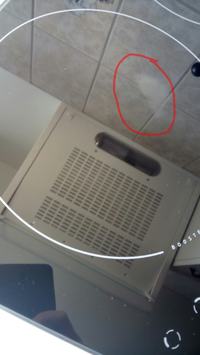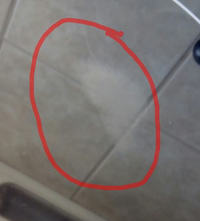Hello,
I use an amica cooker (the model is probably not important, I will mention it if necessary) and after a while the following appeared on the board:


It looks like dirt, but I can't clean it with a cloth, sponge, etc.
Anyone know what it could be? Please help.

